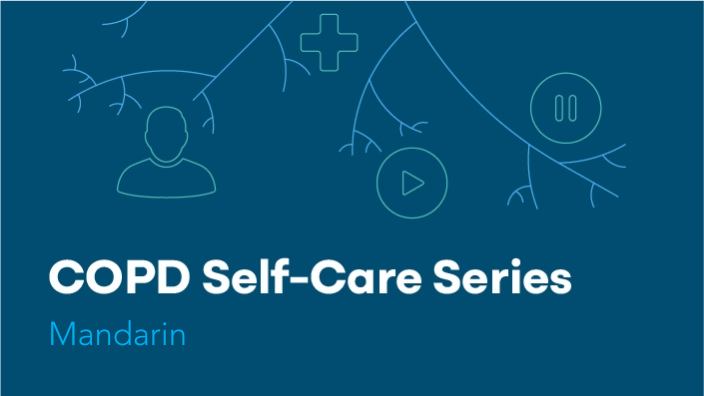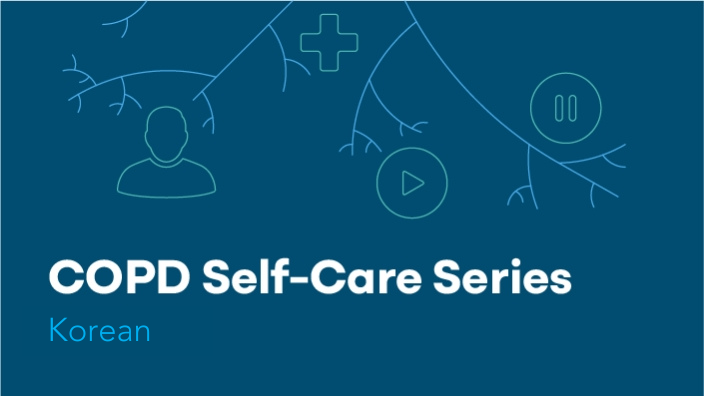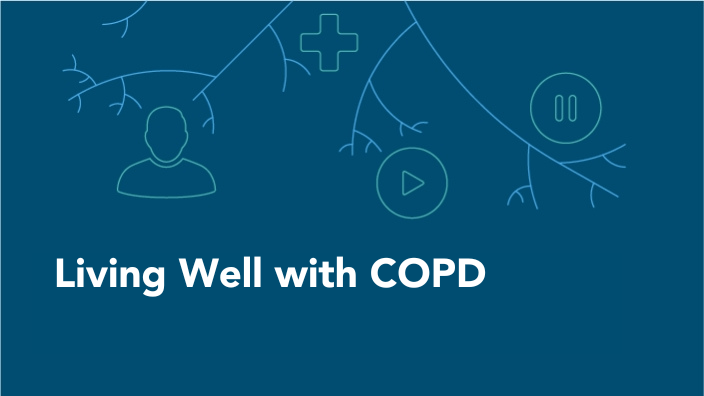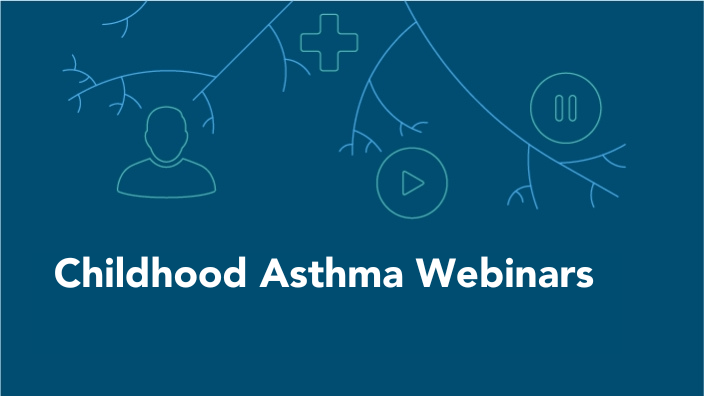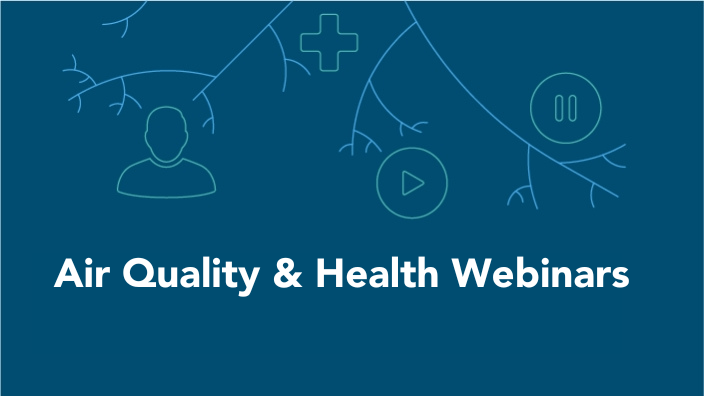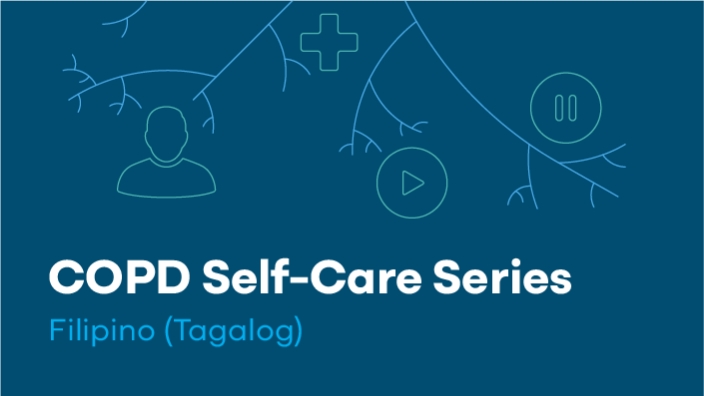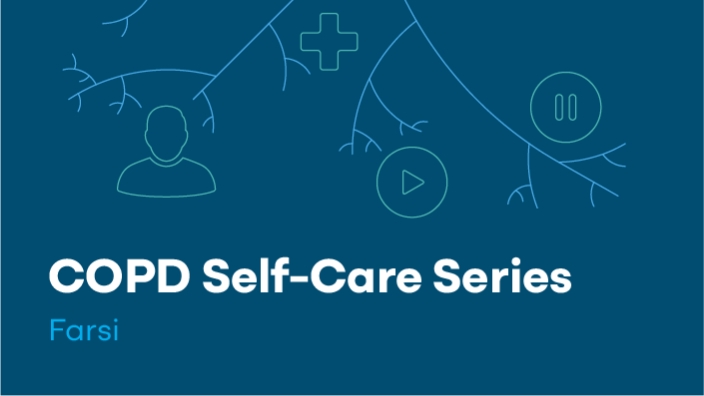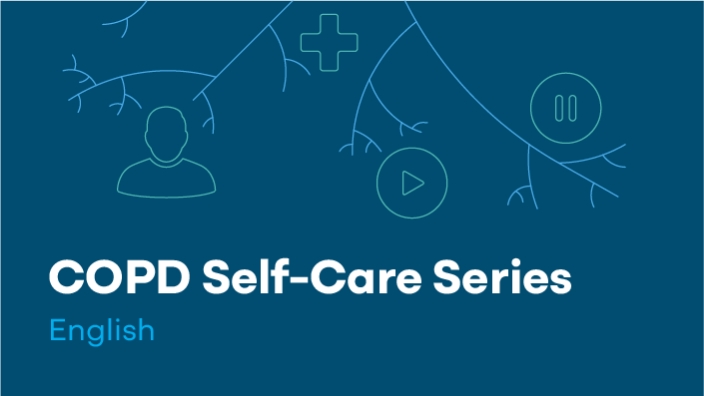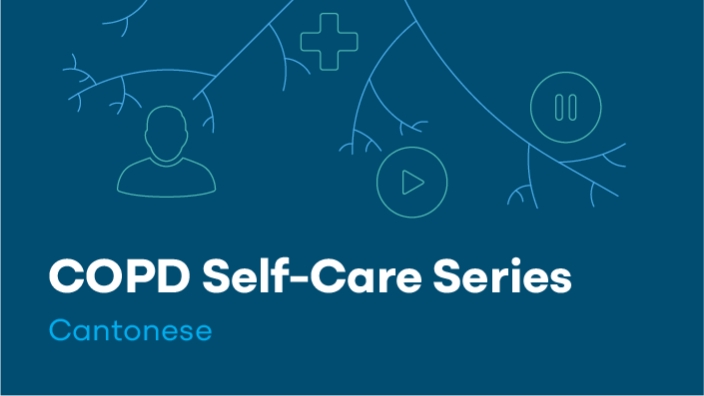Air Quality & Health Webinars Video Series

Wildfire Smoke and Lung Health: Knowns, Unknowns and Future Directions Webinar
The BC Lung Air Quality and Health Steering Committee presents: Wildfire Smoke and Lung Health: Knowns, Unknowns and Future Directions Webinar
Recorded September 23, 2024
A webinar featuring speaker Dr Stephanie Cleland and moderated by Dr Chris Carlsten.
- Play Video

Identifying Communities Disproportionately Impacted By Biomass Smoke
December 6, 2023
The Canadian Optimized Statistical Smoke Exposure Model (CanOSSEM) uses machine learning to estimate daily PM2.5 exposure across Canada from 2010 to 2022. CanOSSEM generated PM2.5 estimates were used to identify communities disproportionately exposed to biomass smoke from wildfires and residential wood combustion.
We analyzed the number of biomass smoke exposure days (days that exceeded Canadian Ambient Air Quality Objective CAAQS) both during the typical wildfire months as well as the residential wood smoke season. This research lays the groundwork for pilot testing wildfire season AQHI-type forecasts for remote communities located hundreds of kilometers away from the nearest PM2.5 monitoring station and have been disproportionately exposed to elevated levels of biomass smoke in the past.
- Play Video

World Clean Air Day Talk 2021
June 14, 2021
Every year we commemorate Clean Air Day to raise awareness of how important good air quality is to our health, our environment, and the economy.
Wildfires are a growing threat to public health and safety. We have seen bigger and hotter wildfires in recent years. Wildfire smoke can irritate your lungs, affect your immune system, and make you prone to lung infection, including COVID-19.
This year we invited two fo BC’s top environment health experts to outline the steps you need to take in order to protect your health during wildfire season.
Dr. Sarah Henderson, Sr. Environmental Health Scientist, BC Centre for Disease Control & Associate Professor, School of Population & Public Health, UBC
Dr. Michael Brauer, Professor/Global Expert, Occupational and Environmental Health, UBC
- Play Video

COVID 19 and Wildfire Smoke: A Potentially Bad Combination
June 2020
Wildfire smoke is a complex mixture of different air pollutants that causes episodes of extremely poor air quality. Exposure to air pollution can irritate the lungs, cause inflammation, and alter immune function, making it more difficult to fight respiratory infections such as COVID-19. When conditions are smoky, more people who are exposed to the novel coronavirus may develop COVID-19 and some cases of COVID-19 may become more severe.
- Play Video

The Air Quality Health Index AQHI and Biomass Smoke in British Columbia
November 2018
Biomass smoke is an important source of air pollution associated with a range of cardiopulmonary health conditions in British Columbia (BC) and elsewhere. The Air Quality Health Index (AQHI) is the most widely used tool in Canada to communicate with the public about air pollution. However, its 3-pollutant formulation may not adequately reflect health risks from fine particulate matter (PM2.5) sources such as wildfire, open burning, and residential wood heating. Two studies have been conducted to evaluate the ability of the AQHI and four alternate AQHI-Plus amendments to predict adverse population health effects associated with biomass smoke. Results suggest that a PM2.5-only AQHI-Plus may be better than the 3-pollutant AQHI for communicating about potential respiratory health effects during periods affected by biomass smoke, especially for those with chronic respiratory conditions such as asthma.
- Play Video

Growing at Home: Health and Safety Concerns for Personal Cannabis Cultivation
October 2018
Personal cultivation as described by the proposed Cannabis Act (2017) will permit adults to cultivate up to four cannabis plants per household. This provision is intended to both promote equity by facilitating access to legal cannabis, particularly when retail outlets are difficult to access, and to undercut the black market. However, indoor cultivation and processing of cannabis may also introduce or exacerbate certain environmental health risks in the home.
Presented to the BC Lung Association on October 9, 2018.
Speaker:
Leela Steiner, MA, PhD (cand.)
- Play Video

Monitoring Residential Woodsmoke in BC
October 2017
Topics include:
· why residential woodsmoke is an issue of concern in British Columbia
· how residential woodsmoke impacts air quality in B.C. communities
· how alternative monitoring methods can help fill gaps in the ability of the current monitoring network to understand spatial variability and source (woodsmoke) contributions within select B.C. communities
Presented by Matthew Wagstaff, MSc (cand.)
- Play Video

Air Pollution and Childhood Asthma
June 2017
Prenatal exposure to ambient air pollution has been associated with development of childhood asthma; however, less is known regarding the potential modifying factors in this association. This presentation will go through the literature on this issue and will present findings from a retrospective cohort study conducted in Ontario, Canada. This study examined effect modification by maternal asthma, as well as infant sex, birth outcomes and maternal place of residence in the association between prenatal exposure to ambient air pollution and development of childhood asthma.
- Play Video

Radon: What You Should Know
January 2017
Radon is a naturally-occurring radioactive gas formed from the decay of uranium in soil and rocks. Long-term exposure to radon is the second leading cause of lung cancer after smoking, and the leading cause of lung cancer for non-smokers. An estimated 220 radon-induced lung cancer deaths occur every year in B.C. Learning Objectives: What is radon, what are the health effects of radon? and how can we test and mitigate for radon?
- Play Video

